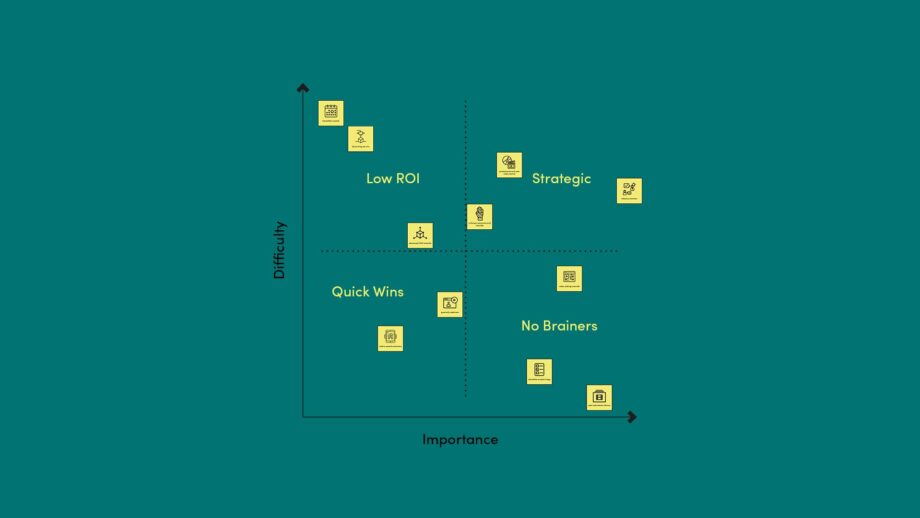
User Testing
The most effective way to improve your prototype is through end user testing. A good method to try is 'Think Aloud Testing', which involves your end user talking through their thoughts as they test your product. When performing user testing methods, refrain from putting words in your end user's mouth. Let them express their own thoughts and observe every action they take. Check out the user testing reel below for inspiration.






